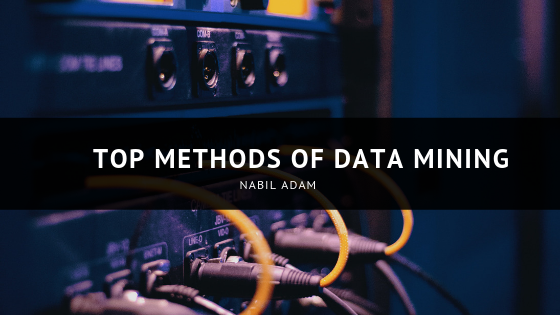Data miners look at large pools of information in order to produce new information. By using the term “data mining,” specialists are not extracting new data as one might infer. On the contrary, data miners look for patterns and come to new conclusions from a given set of data. The technology is a combination of statistics, database management and machine learning. Specialists in this field dedicate their efforts to gain a better understanding of how to draw conclusions from huge amounts of data, and they have many methods for accomplishing this.
Prediction
Since this technique is used to project data that you’ll see in the future, it’s one of the most valuable techniques. Specialists can often gain accurate predictions from recognizing and understanding trends and creating charts. One example of this is credit histories of a group of customers that are used to assess their risk when leasing or buying certain products on a financing plan.
Regression
This technique helps specialists identify how likely a particular variable will interact with another one in a model. One example is to determine a price projection based on various factors such as consumer demand, competition and availability.
Tracking Patterns
One of the most fundamental aspects of data mining is figuring out how to recognize patterns in a data set. It is often an aberration in the data that happens at specific intervals that leads to drawing particular conclusions or providing some functionality. It could be an upwards or downwards trend over a given amount of time. For example, you could examine sales data for a product and notice that it tends to increase before the holidays. You might notice that colder weather drives up demand for certain products.
Classification
Classification is somewhat more complicated than other data mining methods because specialists are required to compare a variety of different attributes and place them into logical categories. These categorizations are used to draw conclusions or serve a purpose for an organization. A common example is examining the financial history of a group of customers and comparing them with their buying habits to separate groups into low, high or medium risk levels. These conclusions could lead to other discoveries.
Any way one looks at it, data mining is an invaluable tool for making profitable use out of large amounts of data that have already been acquired. By applying the correct methods and asking intelligent questions, data miners can discover ways to transform a business.

